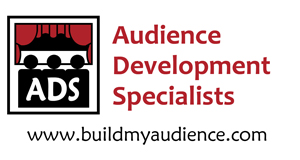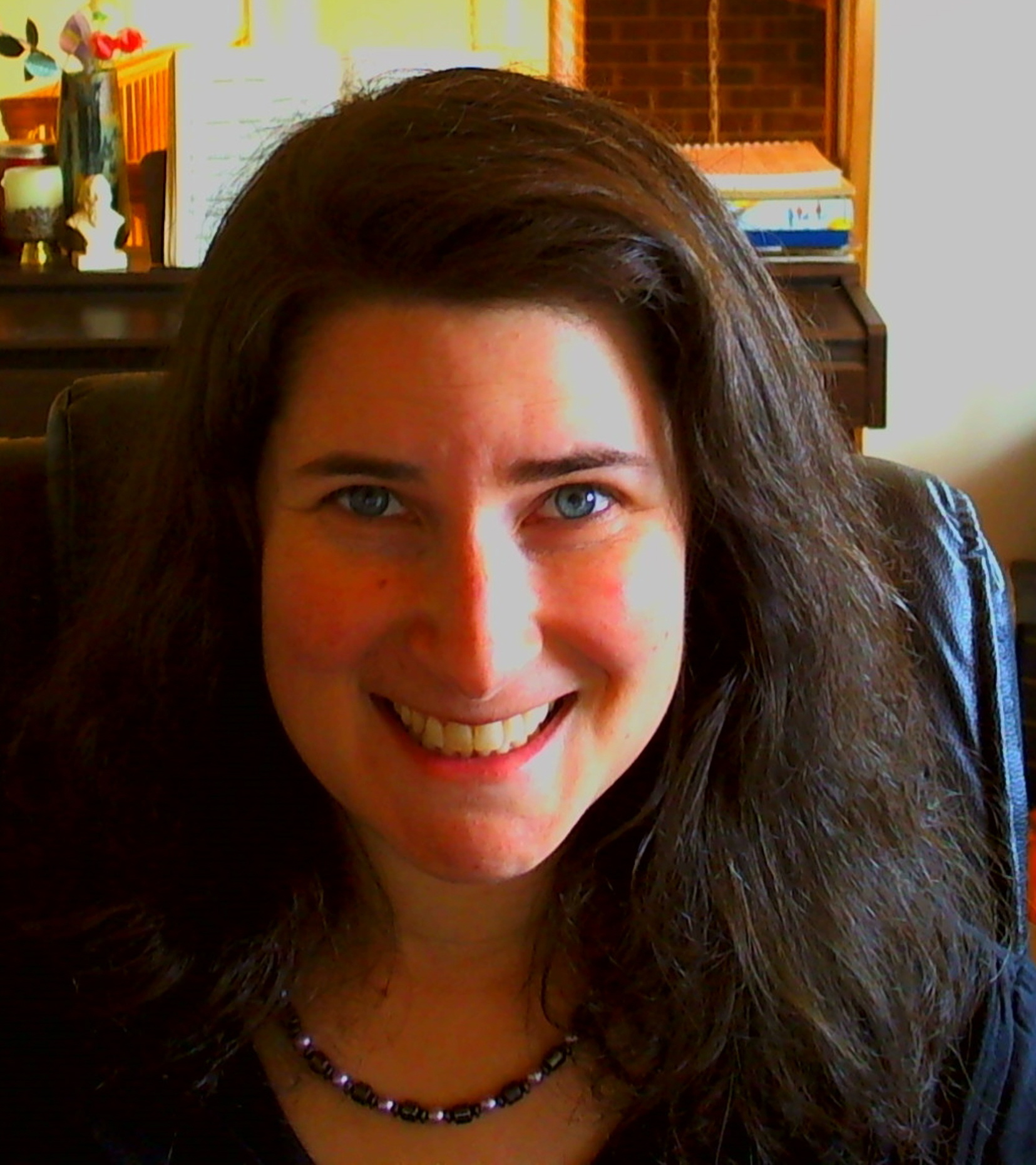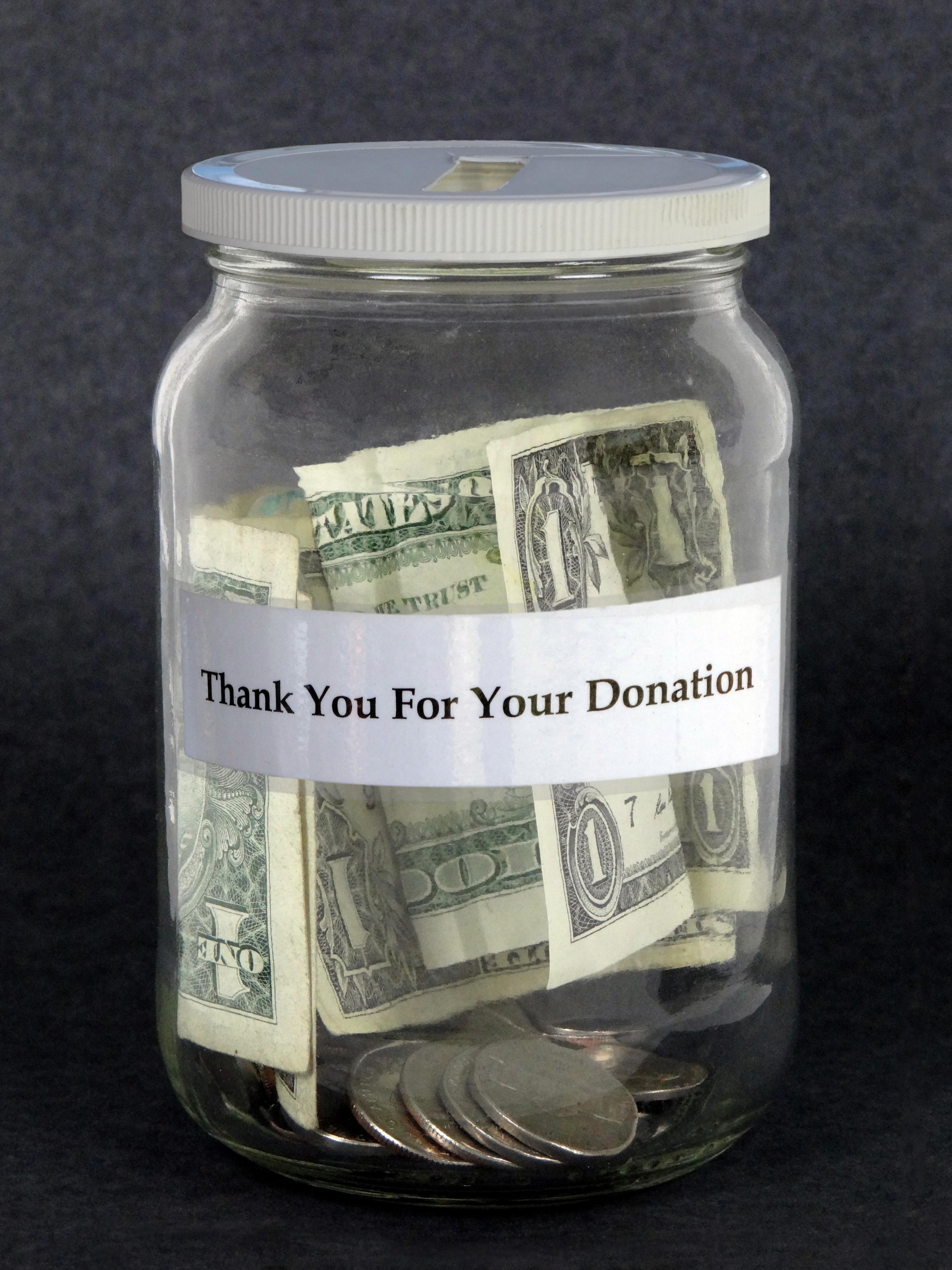Leave it to Seth Godin to send a whammy to my inbox this morning. It was a real doozy for me since it hit too close to home for comfort. As you know, dear reader, I have been contemplating how to get myself to the next level for some time now. I know what I do helps the common good. I am fairly loud in pushing the audience development goodness forward. I absolutely love and believe in what I am doing, yet it has been challenging, especially when people want my services for free. I know I am not the only one that feels this way.
I see it all the time in the “gigs” section of the job listings. “We need an artist, band, graphic designer, insert other artist title here, in exchange for some publicity and food (well, maybe food if you’re lucky). I hear artists grumbling about not getting fair pay for all the hard work that they are doing. I discussed this with a photographer friend who always used the phrase, “you have to pay to play” in order to get his photography business off the ground, and he is one of the most talented photographers I have come across for his particular niche. He certainly deserved to be paid for those photos at that level of quality. They got his talent for free.
Free can be good and lead you to a better place, but sometimes free ends up being a vicious cycle that is difficult to get out of.
Is free really “free?” Or, are we going in a negative direction? Godin asks us to weigh the benefits against the free. If it is worth it and will advance your career, help build your audiences, then by all means, take the free opportunity. If free is selling yourself short and not adding to a positive outcome, stop and step away from the free.
I have many free services that I do for the public. I blog, distribute articles, leave tip of the day and mini-podcast audio clips, give free talks/seminars/webinars at times, etc. I absolutely love what I am doing. The free is adding up though, and every time someone asks me “can I pick your brain?” a little piece of my dream of making a living doing what I enjoy dies.
In the meantime, I have seen nonprofit arts organizations and agencies with more resources go under. It didn’t make sense to keep going when they weren’t able to pay their employees or foot their bills.
There are more people clamoring for the spotlight, more people starting new businesses hoping to make the big time. In the five years I have been trucking along, I have seen consultants come and go depending on whether they land a full time job instead. Meanwhile, I’ve been in it for the longer haul. I have continued to take the free opportunities to put myself out there.
However, if I don’t do somethings for free, I may not be working at all. I can recall certain gurus of our time going beyond and saying not to be stingy with your gifts and giving freely of yourself will reap positive benefits for all. When I come across this line of thinking, I end up asking myself – maybe I am not doing enough for free?
I would love your thoughts on this one. As you can see, there is a back and forth in my mind about all this free business. There must be a way for talented artists like you and me to make money from our businesses instead of dealing with too many free-doms. So I ask you – When does free start costing more than it’s worth? How far should a small business entrepreneur go down the free path before it just doesn’t make sense any more?
In the end, as artists with valuable talents and gifts, we do need to ask ourselves these questions. Putting in sweat equity makes sense, yet bleeding yourself dry really doesn’t.
To end on a positive note, I want to thank all the people that have paid for my services, donated money, bought my book, or offered me some well needed friendly advice. I am so grateful for the people that valued what I do and want to see me succeed as well! Without you, I would not be hopeful enough to keep going. Huge thanks to you!
Please let me know your thoughts.
Cheers to happy and loyal audiences,
Shoshana
Shoshana Fanizza
Audience Development Specialists
https://www.buildmyaudience.com
“Never treat your audience as customers, always as partners.”
~James Stewart
Please consider supporting ADS so we can continue our work. Donate here!






To add to the free stream of thinking, I also received an offer in my inbox for a free pedometer. If only we had a gadget that could add up the free to help us in determining when we have crossed the free line. ;O)
Maybe you do have a way to make a free pedometer. Set yourself a “free” budget. Weekly or monthly? Then track the hours your free work takes. Once you hit your budget, you are done for that time period. That could be a compromise to let you do freebies, but not go overboard. You could set your budget as a percentage of your total work time. Many people who give to charities give a set % of their income. You could so the same with your hours! So maybe you budget 10% of your work time for the free stuff. If you’ve hit your budget for that period, when someone asks to pick your brain, say “Sorry, I can’t right now. I’m over my budget. Can we discuss this next week?” (or month) Most likely they will ask about your budget, and you can explain it. If they really want your advice, maybe they will realize they need to PAY you. 🙂
Thank you, Ilana. Great idea!
Great post!
I read Seth Godin’s piece today and it reminded me about all these years I’ve been working for free. It was supposed to help me but in fact it just led me to nothing. Until recently I found it difficult to say “no, I won’t do it for free” and I’m happy I can finally shamelessly say it.
And what about working for almost nothing? That’s a practice quickly growing in the music business: A recital for $100 for example. Do you think we should consider that in the same way?
Thank you, Pierre-Arnaud. I think free or little pay is in the eye of the beholder. It probably would be good to treat low pay in the same way. It all depends on whether or not free or close to free gives you something in return.
Just to pitch in one idea to what is a multifaceted subject: price has a number of functions, one of which is symbolic.That is, it signifies quality. A high price is a way of saying ‘This product is high quality’; a low price can signify inferiority; and free can signify, well…
Thanks for stopping by, Anthony. That is true that many people consider the price as a function to determine quality. Yet free also serves as an audience development tool and a connection builder which has nothing to do with quality since people tend to judge by the work and not the free price. So strange that free represents so many functions and some have opposite sides of the marketing spectrum (attract vs repel).
It certainly is a pay-to-compete economy with a saturation of good talent, cheaper options and DIY artists. So I suggest if you feel this is something you feel compelled to do, put it out for free WHEN NECESSARY. But always try to stand out from the rest.
Furthermore, I look at my free work as a way to experiment and improve my unique paid work. Remember, if you’re not being paid for it, you have no liability. I also look at my “pro-bono work” as UNconditional love for the wider world: a chance to share my music/love with a broad community no matter if many ignore me, in places where they are most comfortable and without selling them anything ‘cept that classical is alright. Conditional love is IF you come to my venue, buy my ticket, sit quietly and still, shower, clap when I let you, I’ll serve you my music/love… which is very cool. We just need to find a balance of both.
Really good point, Rick. Use the free to be free to experiment. I like that! Interesting view of UNconditional vs conditional too. Thanks for commenting, Rick!